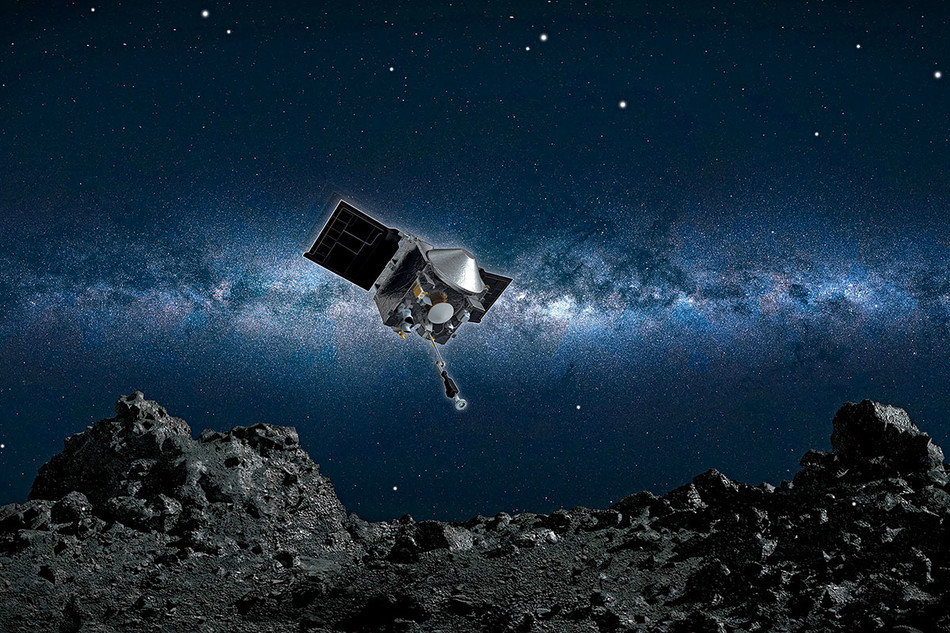In dozens of space missions dating back to the 1960s, NASA astronauts and spacecraft have collected samples of moon rocks, meteorites, cosmic dust, and other celestial materials.
Now, in an effort to improve scientists’ access to information about these strange substances, NASA has teamed up with Columbia University to create a first-of-its-kind online library of geochemical data derived from the unearthly quarry. The Astromaterials Data System, based at Columbia’s Lamont-Doherty Earth Observatory in Palisades, New York, is tasked with tracking down, cataloging, digitizing, and making easily accessible the results of all laboratory tests that have ever been conducted on NASA’s extraterrestrial samples. The archive, launched this year at astromat.org, currently contains the results of nearly 1.3 million chemical analyses of materials gathered by US space missions, including the 1969–70 Apollo trips to the moon, a 2004 Stardust expedition that collected particles of solar wind, and a 2006 Genesis mission that captured castoffs from an asteroid’s tail. Also preserved is information about tiny space particles that hitched a ride on Earth-orbiting satellites and thousands of meteorites collected in Antarctica.
Columbia mineralogist Kerstin Lehnert, who directs the Astromaterials Data System, says that the project is enabling new scientific discoveries by bringing together huge amounts of unpublished data that had previously been stored at research institutions where the original analyses were performed, along with published data that had only been available behind the paywalls of subscription journals. Earlier this year, for example, a team of astronomers and data scientists who searched the archive were able to determine the origins of some previously uncategorizable meteorites.
“This is partly about democratizing science,” says Lehnert. “Before this, only a small, insular community had access to a lot of this data. Now anyone with a computer and the Internet can study it.”



